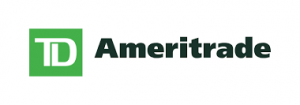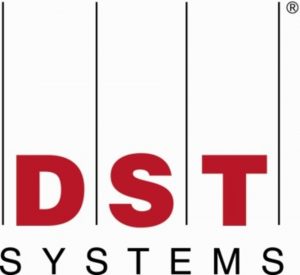Rebalancing and OMS introduce preference-based sleeves to create truly custom models. It allows for the creation of trades at accounts and household levels with ease. Firms can automate the model assignments to accounts. Models can be defined at Asset Class, Sub Asset Class and individual security levels.
The product’s event management functionality allows for scheduling recurring and one-time transactions. These might be cash withdrawal, DCA (Dollar Cost Average) or deposits. Market activity can be minimized by applying threshold percent to minimize the effect of security pricing.
Easy, intuitive navigation makes tradePort a joy to use and minimizes errors.








